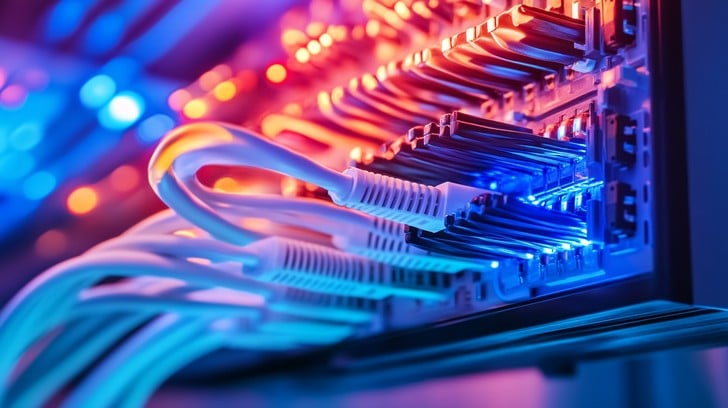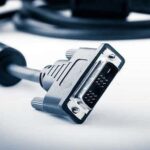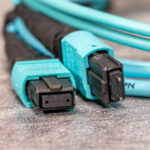Fiber optic cables outperform Cat6 in several critical areas that matter for reliable, high – speed data transfer. The main advantages of fiber optic cables over Cat6 cables are as follows:
1. Far Higher Bandwidth and Speed
Fiber optic cables have a huge bandwidth advantage. Single – mode fiber can easily handle speeds of 100 Gbps, 400 Gbps, or even higher over long distances. Multi – mode fiber also supports speeds from 1 Gbps to 100 Gbps, which meets the needs of high – density data centers and large – scale network deployments. In contrast, Cat6 cables have a maximum theoretical speed of 10 Gbps, and this speed is only achievable when the distance is within 55 meters. In most home or small – office networks, Cat6 usually operates at 1 Gbps, which is far behind the speed potential of fiber.
2. Significantly Longer Transmission Distance
Fiber optic signals decay very little. Single – mode fiber can transmit data for tens of kilometers (such as 40 km, 80 km, or more) without the need for signal repeaters. Multi – mode fiber can also cover distances of several hundred meters (like 200 m to 550 m), which is enough for large campus networks or cross – building connections. Cat6 cables, however, have strict distance limits. When transmitting at 10 Gbps, the maximum distance is 55 meters. Even at the more common 1 Gbps speed, the recommended maximum distance is 100 meters. Beyond this range, the signal will weaken or be distorted.
3. Immunity to Electromagnetic Interference (EMI)
iber optic cables transmit data using light signals through glass or plastic cores. Since they have no metallic components, they are completely immune to electromagnetic interference from devices such as power lines, motors, and other Ethernet cables. This ensures stable data transmission in industrial environments or areas with dense electrical equipment. Cat6 cables are made of copper. They rely on electrical signals and are easily affected by nearby electromagnetic sources. This interference can cause packet loss, slow down speeds, or even interrupt the connection, especially in complex wiring environments.
4. Better Security
Fiber optic cables do not emit electromagnetic signals. This means it is almost impossible for attackers to tap into the data being transmitted by detecting external signals, which provides a higher level of data security. This is crucial for industries that handle sensitive information, such as finance, healthcare, and government. Cat6 cables leak electrical signals. Skilled attackers can use specialized equipment to intercept these signals and steal data, making copper cables more vulnerable to security breaches.
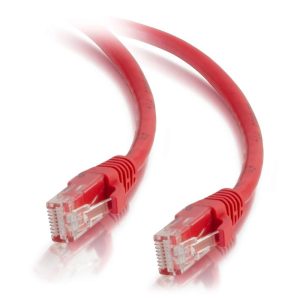 Cat5e Cables
Cat5e Cables Cat6 Cables
Cat6 Cables Cat6a Cables
Cat6a Cables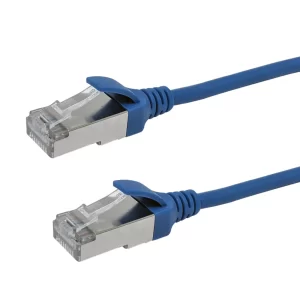 Cat8 Cables
Cat8 Cables Bulk Ethernet Cables
Bulk Ethernet Cables Plenum-Rated Ethernet Cables
Plenum-Rated Ethernet Cables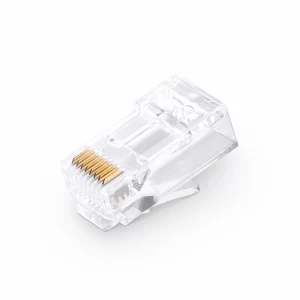 Connectors & Jacks
Connectors & Jacks OS2 Singlemode Simplex
OS2 Singlemode Simplex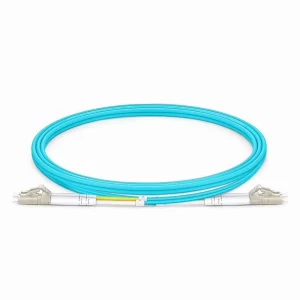 OS2 Singlemode Duplex
OS2 Singlemode Duplex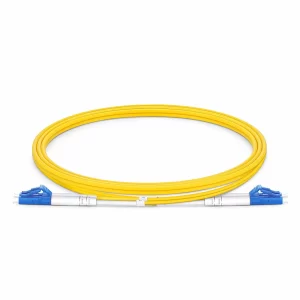 OM5 Multimode
OM5 Multimode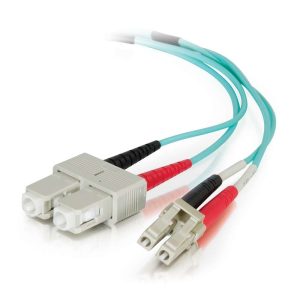 OM4 Multimode
OM4 Multimode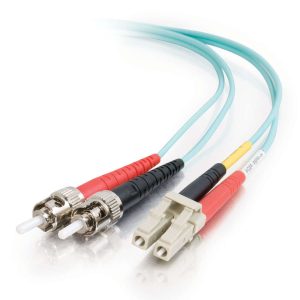 OM3 Multimode
OM3 Multimode OM2 Multimode
OM2 Multimode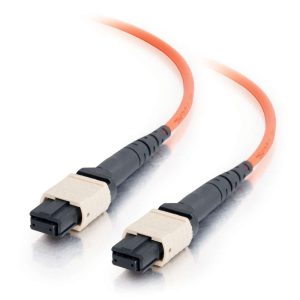 MTP/MPO Cables
MTP/MPO Cables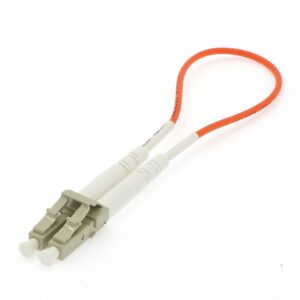 Loopback Adapter
Loopback Adapter Fiber Optic Connectivity
Fiber Optic Connectivity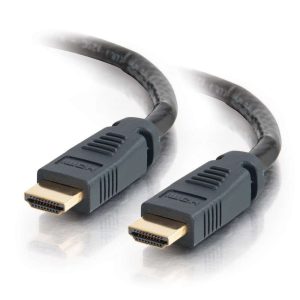 HDMI Cables
HDMI Cables HDMI Mini/Micro Cables
HDMI Mini/Micro Cables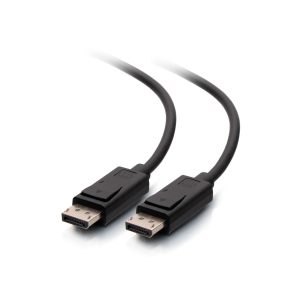 DisplayPort Cables
DisplayPort Cables Mini DisplayPort Cables
Mini DisplayPort Cables DVI Cables
DVI Cables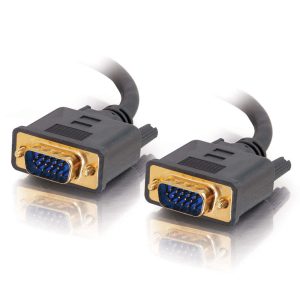 VGA Cables
VGA Cables Audio Cables
Audio Cables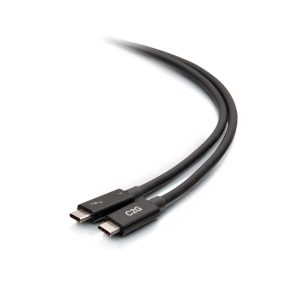 Active USB Cables
Active USB Cables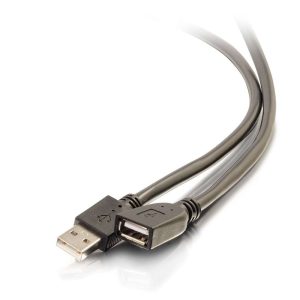 Plenum-Rated USB Cables
Plenum-Rated USB Cables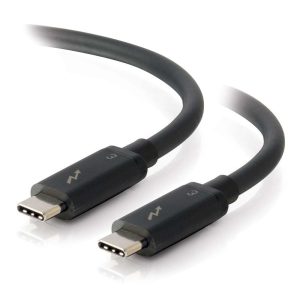 Thunderbolt Cables
Thunderbolt Cables USB 2.0 Cables
USB 2.0 Cables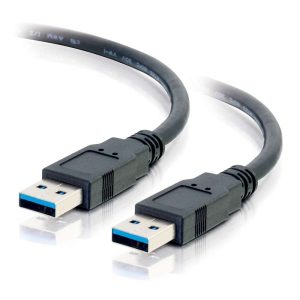 USB 3.0 Cables
USB 3.0 Cables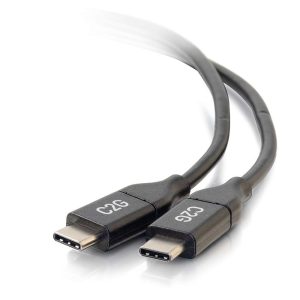 USB Cables for Mobile Devices
USB Cables for Mobile Devices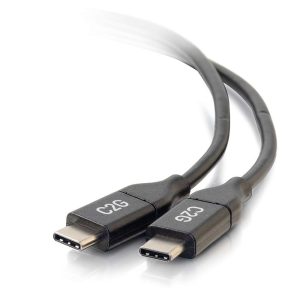 USB-C Cables
USB-C Cables Keyboard & Mouse Cables
Keyboard & Mouse Cables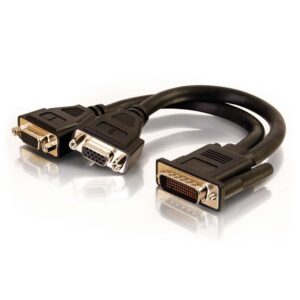 LFH-59 and M1 Cables
LFH-59 and M1 Cables Parallel Cables & Devices
Parallel Cables & Devices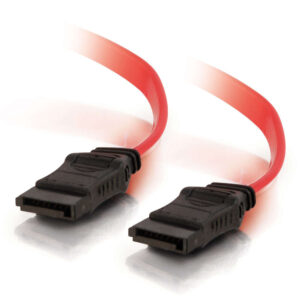 Serial ATA Cables
Serial ATA Cables Serial RS232 Cables
Serial RS232 Cables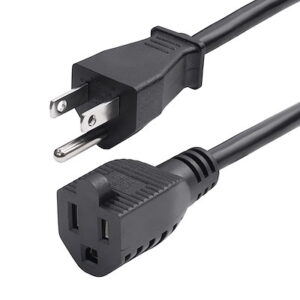 Power Cables
Power Cables